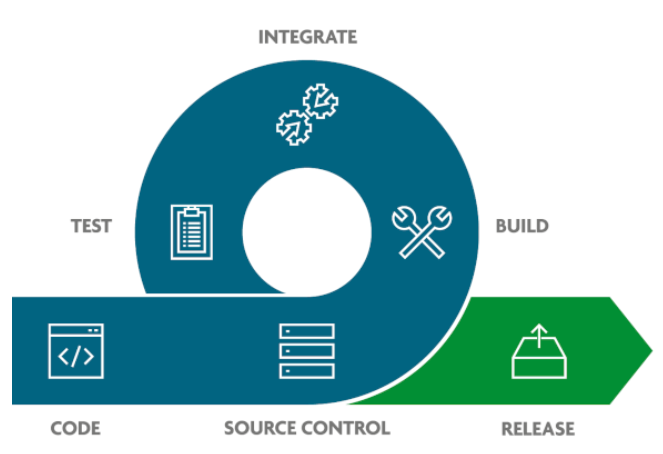Continous Integration
What is Continous Integration ?

Continous Integration (CI) is a software development practice where developers frequently merge their code changes into a shared repository, usually several times a day. Each merge (or integration) triggers an automated process that builds and tests the code to ensure it integrates smoothly with the rest of the codebase.
Why Continous Integration ?
Continuous Integration (CI) offers several compelling benefits for software development teams, especially when working on large or complex projects with multiple contributors. CI helps ensure code quality, reduces integration problems, and allows teams to deliver software more efficiently. Here are the key reasons why Continuous Integration is important:
- Early Bug Detection: Bugs are identified immediately after code changes are made.
- Avoid Integration Hell:Small, frequent integrations reduce the complexity of merging code.
- Better Code Quality:Automated tests ensure only high-quality code is merged.
- Faster Releases:CI keeps the codebase deployable, enabling faster release cycles.
- Reduced Technical Debt:Issues are fixed early, reducing future development costs.
- Increased Productivity:Automation frees developers from repetitive tasks and long debugging sessions.
- Better Collaboration:CI promotes teamwork by sharing responsibility for code quality.
- Supports Agile & DevOps:CI lays the foundation for agile workflows and continuous delivery.
Key Concepts
- Frequent Code Integration: Developers regularly commit code (e.g., daily) to a shared repository. This prevents large, complex merges that are harder to manage.
- Automated Builds:Whenever new code is committed, an automated process compiles the code and packages it. This ensures that the codebase can be built successfully after every change.
- Automated Testing:After the build process, an automated test suite (e.g., unit tests, integration tests) runs to verify that new changes don’t break existing functionality.
- Immediate Feedback:If a build or test fails, the development team is immediately alerted. This allows them to quickly fix any integration issues, keeping the codebase stable.
- Version Control Integration:CI relies heavily on version control systems (like Git) to track code changes and trigger the CI process when a new commit or pull request is made.